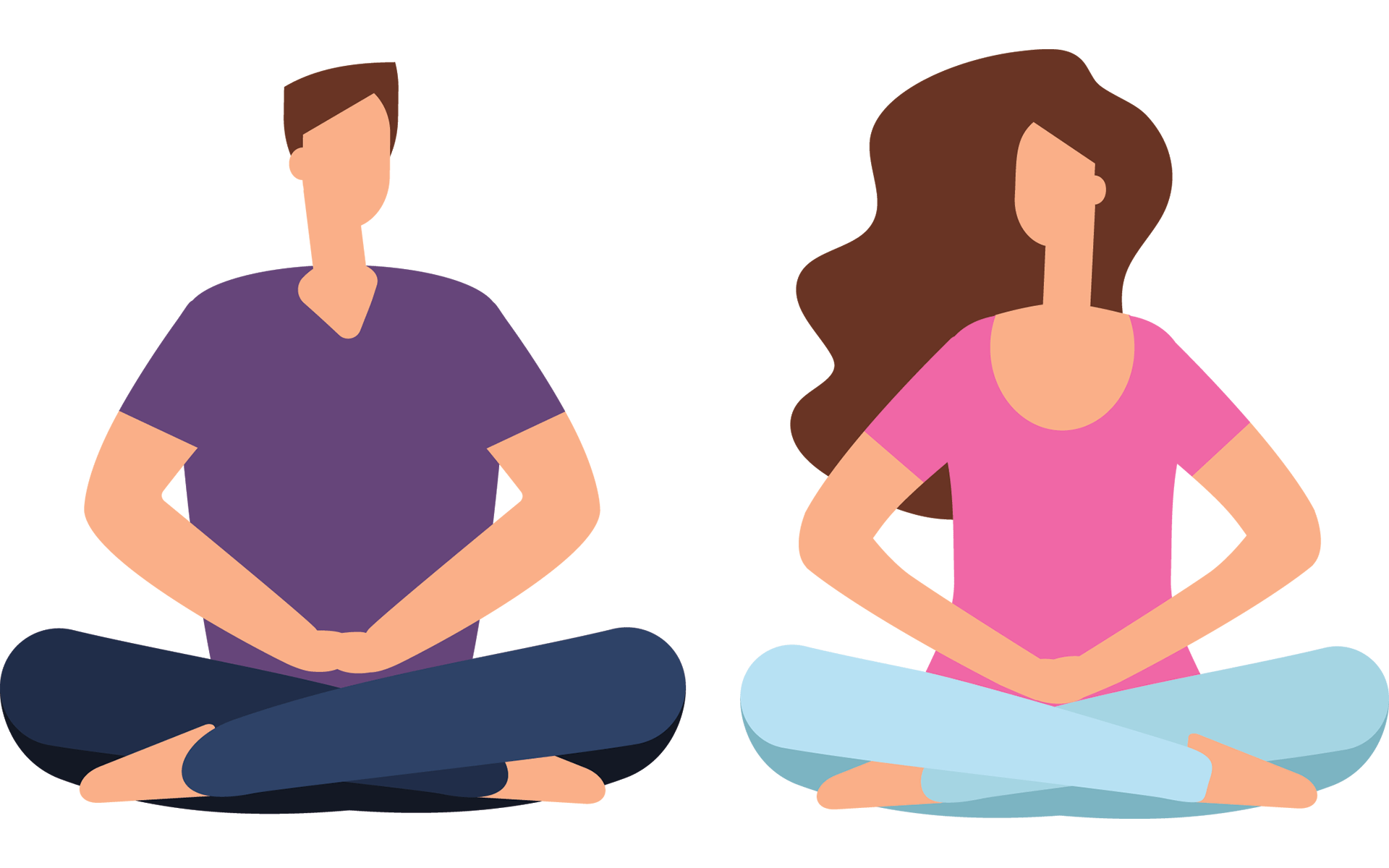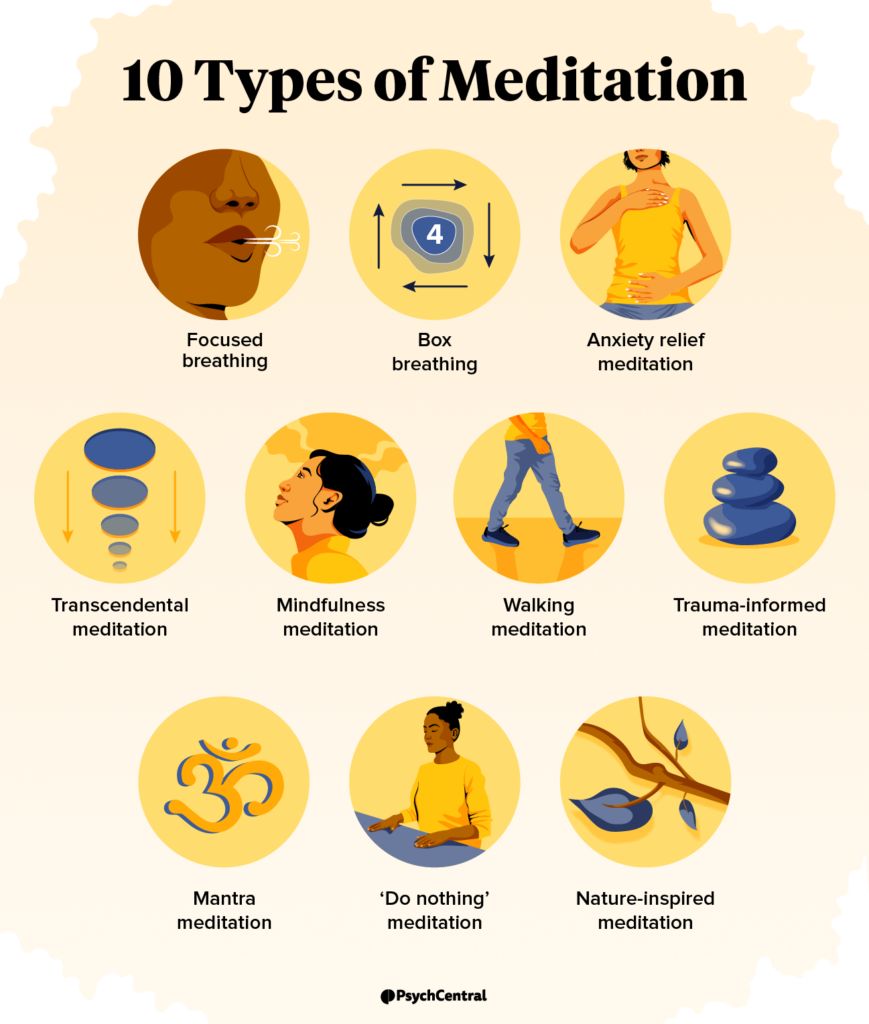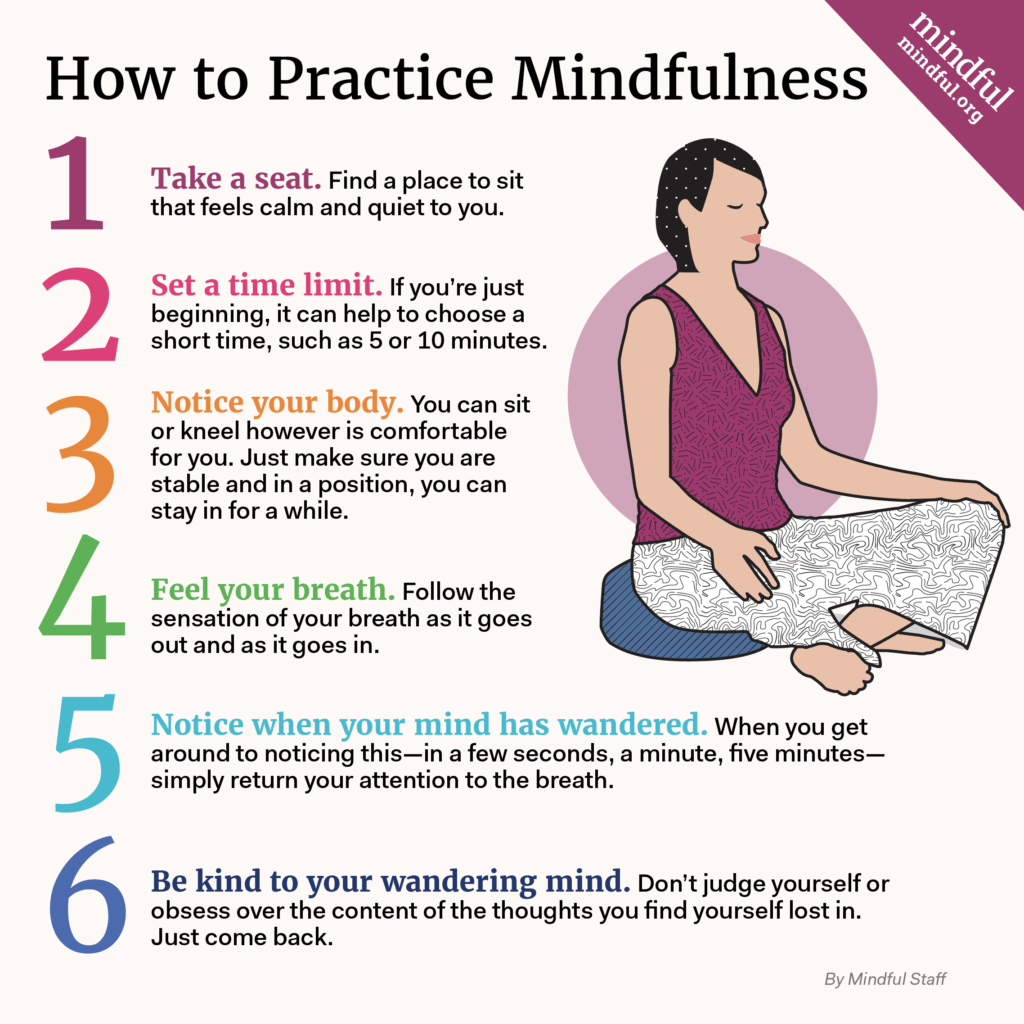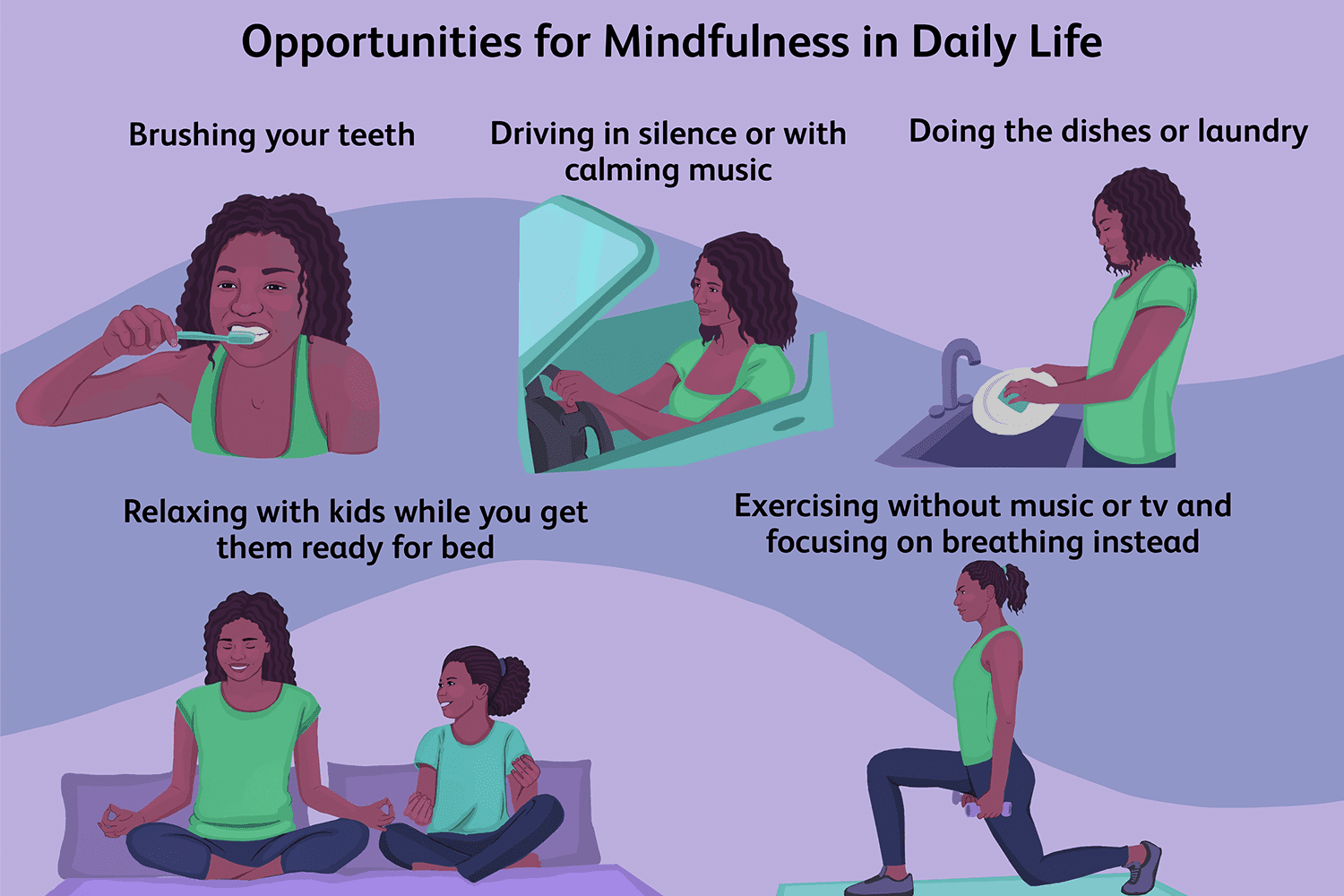Mindfulness and Meditation Practices: Unlock the Power of the Present Moment
Mindfulness and meditation have transcended their spiritual origins to become universally recognized tools for improving mental health, reducing stress, and enhancing overall well-being. This guide explores what mindfulness and meditation are, their benefits, and how to incorporate these practices into your daily life.
:max_bytes(150000):strip_icc()/mindfulness-meditation-88369-Final-ad7c6c81ec38454c97d383a2dffff0b8.png)
Mindfulness meditation is a simple yet profound way to connect with the present.
What Is Mindfulness?
Mindfulness is the practice of being fully present and aware of your surroundings, thoughts, and emotions without judgment. At its core, mindfulness is about living in the here and now rather than being consumed by past regrets or future anxieties.
Key Principles of Mindfulness:
- Awareness: Observing your thoughts and feelings objectively.
- Acceptance: Embracing experiences as they are without trying to change them.
- Non-Judgment: Letting go of self-criticism or external evaluations.
“Mindfulness is a way of befriending ourselves and our experience.” – Jon Kabat-Zinn
What Is Meditation?
Meditation is a formal practice that trains the mind to focus, redirect thoughts, and achieve a heightened state of awareness. While mindfulness can be practiced informally throughout the day, meditation provides a structured time to cultivate mindfulness more deeply.
Types of Meditation Practices:
- Mindfulness Meditation: Observing thoughts and sensations without judgment.
- Loving-Kindness Meditation: Focusing on cultivating compassion and kindness.
- Body Scan Meditation: Bringing attention to physical sensations in the body.
- Transcendental Meditation: Repeating a mantra to transcend normal awareness.
- Movement Meditation: Incorporating movement like yoga or walking with mindfulness.

Exploring different types of meditation can help you find what resonates best.
Benefits of Mindfulness and Meditation
1. Reduces Stress and Anxiety
Mindfulness and meditation activate the parasympathetic nervous system, which promotes relaxation and reduces stress hormones like cortisol.
Tip: Even a 10-minute meditation session can significantly lower stress levels.
2. Improves Focus and Productivity
Meditation strengthens the prefrontal cortex, enhancing attention span and decision-making.
- Studies show that people who meditate are 23% more focused than non-meditators.
- Learn more about mindfulness in the workplace.
3. Boosts Emotional Regulation
Practicing mindfulness helps you respond to emotional triggers more calmly.
- Example: Instead of reacting angrily during a conflict, mindfulness allows you to pause and choose a constructive response.
4. Enhances Sleep Quality
Mindfulness-based interventions, like guided meditations, help quiet the racing mind and promote restful sleep.
5. Supports Physical Health
Regular meditation has been linked to:
– Lower blood pressure.
– Reduced symptoms of chronic pain.
– Improved immune function.
How to Practice Mindfulness
Mindfulness doesn’t require elaborate rituals. Here are simple ways to get started:
1. Mindful Breathing
Take a moment to focus solely on your breath.
Exercise: Inhale for 4 counts, hold for 4 counts, and exhale for 6 counts.
2. Mindful Eating
Savor each bite of your meal. Notice the flavors, textures, and sensations without distractions.
3. Mindfulness Walks
Take a slow, deliberate walk outdoors. Pay attention to the sights, sounds, and smells around you.
4. Journaling
Write down your thoughts and emotions daily to increase self-awareness.

Incorporating mindfulness into your daily activities, like walking, can elevate your sense of presence.
How to Start a Meditation Practice
1. Set a Specific Time
Consistency is key. Choose a time that works best for you, whether it’s early morning or before bed.
2. Create a Comfortable Space
Designate a quiet, clutter-free area for meditation. Use a cushion or chair for support.
3. Start Small
Begin with 5 minutes and gradually increase the duration as you build confidence.
4. Use Guided Meditations
Apps like Calm and Headspace provide excellent guided sessions for beginners.
5. Be Patient with Yourself
It’s normal for the mind to wander. Gently redirect your focus without frustration.

Guided meditations are a great way to ease into the practice.
Common Challenges in Mindfulness and Meditation
1. My mind keeps wandering. What should I do?
It’s natural. Instead of fighting it, acknowledge the distraction and return to your focus point (e.g., breath or mantra).
2. I don’t have enough time.
Start small. Even 2 minutes a day can make a difference.
3. I feel restless during meditation.
Consider movement-based meditation like yoga or walking.
FAQs
Q: How long does it take to see results from meditation?
A: Many people experience benefits, such as reduced stress, after just one session. However, consistent practice over weeks or months brings deeper, long-lasting changes.
Q: Can mindfulness and meditation help with mental health issues?
A: Yes, mindfulness-based therapies have been shown to reduce symptoms of depression, anxiety, and PTSD.
Q: Do I need to be spiritual to meditate?
A: Not at all! Meditation is a secular practice accessible to anyone, regardless of beliefs.
Integrating Mindfulness into Everyday Life
Mindfulness and meditation are not confined to seated sessions. Here are ways to incorporate them into your daily routine:
- Morning Routine: Start your day with a 5-minute mindfulness meditation.
- Commute: Practice mindful listening to music or audiobooks instead of scrolling your phone.
- Workplace: Take mindful breaks to stretch or breathe deeply.
Final Thoughts
Mindfulness and meditation offer a transformative way to improve your mental and physical well-being. These practices help you cultivate a deeper connection to yourself and the world around you.
Start small, stay consistent, and embrace the journey of being present. Over time, you’ll find greater peace, clarity, and resilience in life’s challenges.
“Meditation is not a way of making your mind quiet. It’s a way of entering into the quiet that’s already there.” – Deepak Chopra
:max_bytes(150000):strip_icc()/mindfulness-meditation-88369-Final-ad7c6c81ec38454c97d383a2dffff0b8.png)
Take your first step today, and witness the ripple effects of mindfulness in your life.

